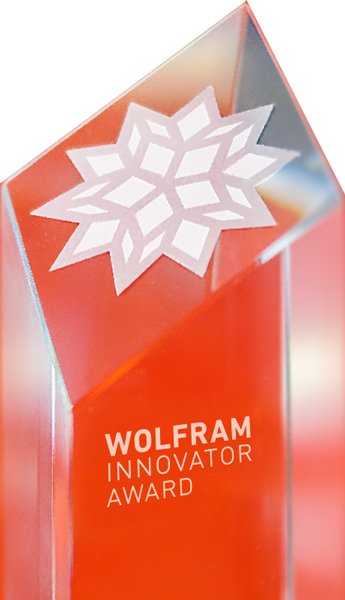Tom Burghardt
Emeritus Professor of Biochemistry, Mayo Clinic Rochester (Department of Biochemistry and Molecular Biology)
Areas: Biomedical Research, Education, Machine Learning, Molecular Biology
Tom Burghardt is a researcher at the #1 ranked Mayo Clinic, where he has spent the last three decades studying myosin and muscle tissue. In his 100+ publications, he uses Mathematica extensively for advanced statistics and modeling—tracing all the way back to a 1985 signal processing computation done in SMP, a precursor to Mathematica. Burghardt’s most recent innovation uses feed-forward neural networks developed in the Wolfram neural net framework to help create models for inheritable heart disease using a worldwide database of cardiac muscle proteins. His ultimate goal is to make these models available in the Wolfram Cloud for other researchers to explore and use.

